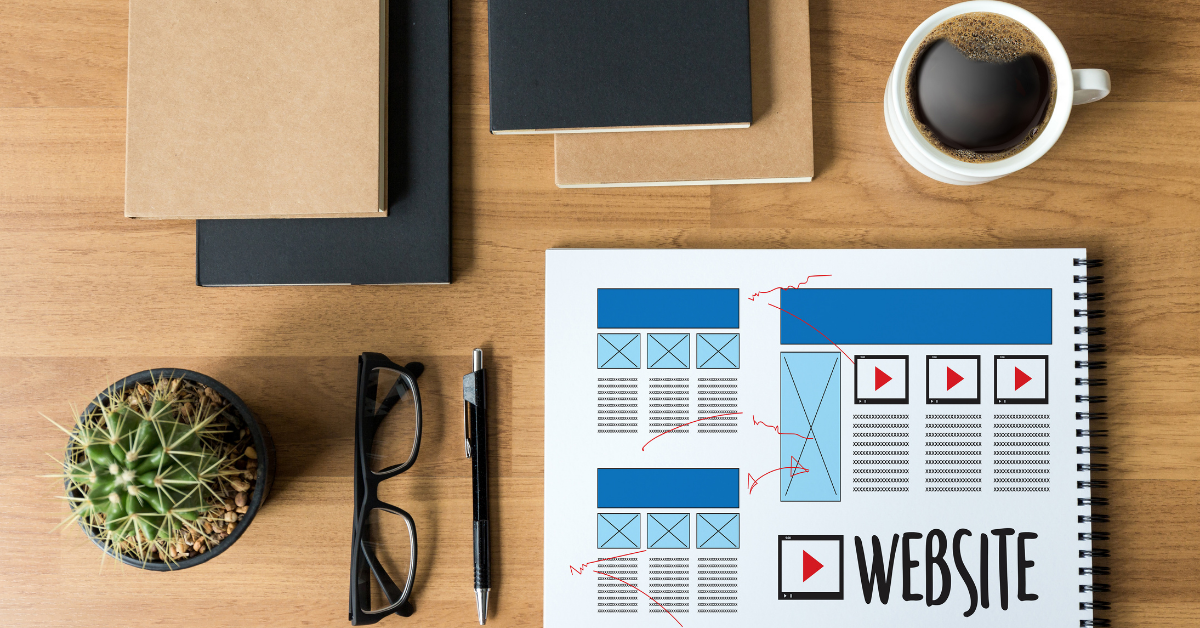Websites are an important marketing element among brands and businesses. It is a tool to get more clients and customers. It is also the first point of contact your company has. Like a physical storefront, you should put your best foot forward when building a website. A solid and well-executed web design is a great asset to success as a digital marketing speaker Hong Kong noted. Designing a website is alchemy. It’s much like creating a mysterious recipe for gold. Modern websites are more than aesthetics and visuals. They affect brand reputation and SEO ranking. Below are the basic elements of a website design.
Interaction
Modern consumers want fast answers to their queries. A business website is their first point of contact. So, brands need to add an element of interaction to their website. A chat function can engage your customers immediately. If they have questions about a product, brands can connect quickly to assist them and turn the conversation into a conversion. Today, Facebook allows the integration of a website’s chat function with Messenger. This can help brands connect to their audiences all in one place. They can also activate chatbot services to provide 24/7 interaction with their customers. Interaction is the most important element of a website. It’s because it captures human connections, which is the main goal why a business creates a website.
Mobile Optimization
Today, around 3.8 billion people are using a smartphone. This is equivalent to almost 50% of the world’s population. As more people access social media platforms and online websites via mobile devices, a video marketing agency Hong Kong suggests focusing on mobile optimization to create a good website. The mobile optimization element of a website is the process of making a website content flexible and responsive based on what device a user has. It allows quality display and formatting for both big and small screens. Less is more when it comes to mobile. Keep your website as simple as possible. Cut down content to shorter sentences. Compress visuals to display them well even on small screens. Upload video content that is less than 120-second in length. As much as possible, avoid pop-up messages.
Navigation
The navigation element of a website refers to how a visitor can jump from one page to another. A good website allows navigation between pages in just one or two clicks. Each page should quickly load in displaying information and visuals. A menu or a site map is a great idea to make it easier for users to know the functions available on a website. There are several ways to improve the navigation on a website.
First, you can use image compression software to decrease the size of images on your website without compromising their quality. Second, avoid too many plugins. Plugins are pieces of software that add extra functionalities to a website. The more plugins a website has, the slower your website will be because more apps need to run. So, it is best to avoid adding plugins. Keep your website as simple as possible. Third, web page caching is a process of storing web files in a temporary folder. Such a folder allows quick access to information among website users.
Quality and Relevant Content
Content is the backbone of a website. This element plays a major role in influencing the buying decisions of your target customers. It is also the key to rank on search engines and increases traffic to your website. The content of a good website should be accurate, educational, and easy to read. The content should be well-researched and validated. It should inform customers on how a product or a service can solve their pain points. It also doesn’t stop in writing. It involves focusing on how your messages interact with the visual design. Content strategists should ensure that the “About” and “Contact” pages of a website are always updated. For blogs, try to break long sentences into simpler statements. Break up long lists through bullets. Used eye-friendly colors and fonts for the readers to avoid eye strain.
Visual Appearance
According to a social media agency Hong Kong, modern consumers prefer media-rich content and good visuals. A website typically has 1/10th of a second to impress its visitor. By using great graphics, it makes your home page more appealing. People will see your website as professional and reputable. As such, they will stay and explore your pages which can likely result in sales. The visual appearance of a good website should be clean, intuitive, and simple. When we clean, it should be pleasing to the viewer’s eyes. They should not be so bold and cluttered to produce eye strain. An intuitive visual element of a good website makes it easy for users to navigate between pages. For example, product visuals should be clickable to easily lead visitors to the checkout page. Moreso, a simple website visual appearance has enough white spaces to give room for breathability. Each image should complement each other, and the text should be relevant to the images. There should always be a visual hierarchy on the site. Most website designers place the brand logo, the navigation bars, or search menu boxes on top of the home page.
Reference: https://www.dreamhost.com/blog/elements-of-webdesign/

